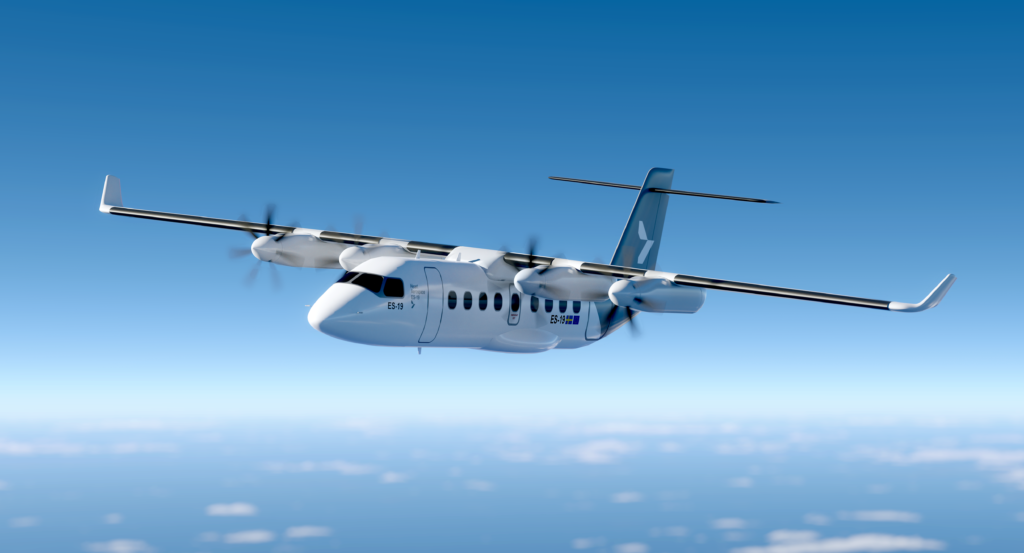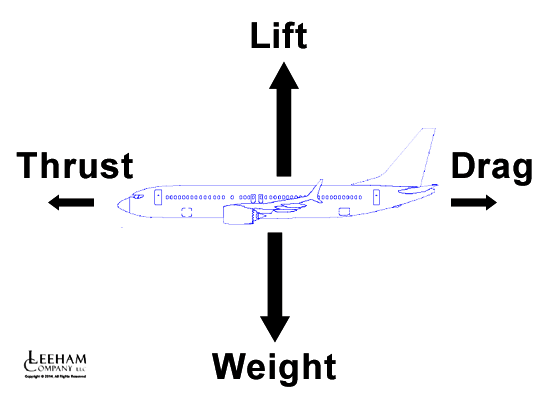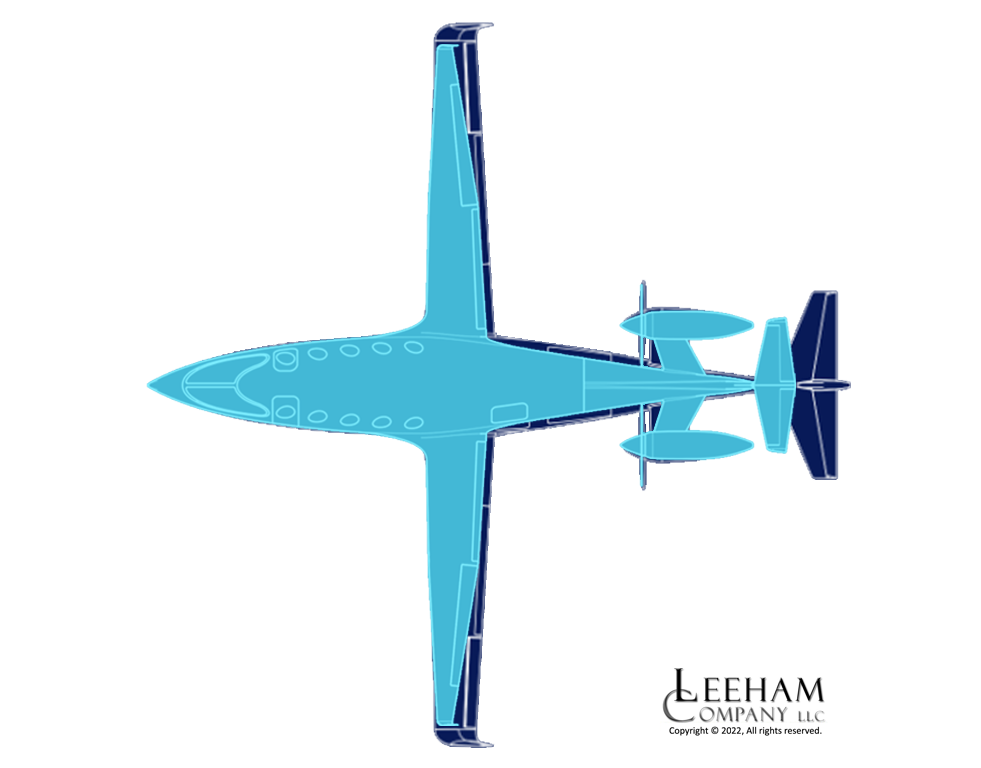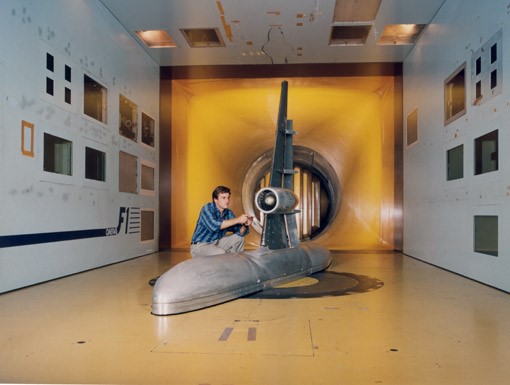Leeham News and Analysis
There's more to real news than a news release.
Bjorn’s Corner: Sustainable Air Transport. Part 5. Fundamentals recap.
February 4, 2021, ©. Leeham News: We did a simple reality check on two high-profile ideas for Sustainable Air Transport last week, the Eviation Alice project and Heart Aerospace’s ES-19.
We now look at energy usage when performing Sustainable Air Transport flights, but it can be timely to recap some fundamentals of such flights before we discuss this.
Bjorn’s Corner: Sustainable Air Transport. Part 4. Reality checks.
January 28, 2022, ©. Leeham News: Having discussed where investments would be the most efficient in alleviating our Greenhouse gas problems and identified the low-hanging fruit, we now look at new technology airplanes that can improve the situation.
We start with classical airliners, working our way from small types to the largest, then we discuss the impact of new transport forms like VTOLs for short-haul transportation.
As we will use the Leeham Aircraft Performance Model in some of the work, there will be extra articles (for this one, a Part 4P) which are Paywall, where we use the model to generate deeper data and understanding.
Bjorn’s Corner: Sustainable Air Transport. Part 2. The problem to solve?
January 14, 2021, ©. Leeham News: Before we dig into the different alternatives we have for more Sustainable Air Transport, let’s look at the problem and its sources.
Figure 1 shows the emissions of CO2 per person since 1900 and the rise of the world temperature. The increase in world temperature changes the weather, with increased weather-related emergencies in recent years.
Bjorn’s Corner: The challenges of airliner development. Part 19. Test rigs for ground and air use
September 3, 2021, ©. Leeham News: Last week, we looked at the Certification Compliance Planning we do concurrently with Detailed Design, Figure 1.
It’s now time for us to work on our Test rigs and systems for ground and flight testing. We need to get these defined before we freeze the aircraft’s configuration and start making our flight test aircraft.
Bjorn’s Corner: The challenges of airliner development. Part 14. The ATO.
July 30, 2021, ©. Leeham News: Last week, we went through the later tasks in the Prelaunch Phase. We talked about Concept refinement, Supplier selection, and Certification work.
Now we dig deeper into the important Authorization To Offer (ATO) milestone. This is where the project starts to promise stuff to customers and others, and it can be both good and bad.
Airbus delivers strong 1H2021 and launches A350 Freighter
By Bjorn Fehrm
July 29, 2020, © Leeham News: Airbus presented its results for the first half of 2021 today. The company reported a profit of €2.7bn on a turnover of €24.6bn, a very strong result from the -€0.9bn of last year. Yesterday, the Airbus board gave the go-ahead for the A350 freighter with planned entry into service 2025.
The strong result came from deliveries of 297 commercial aircraft, 100 more than the 196 of 1H2020. Net orders were 38 aircraft (1H2020 196). Guidance for 2021 was increased to 600 airliner deliveries with operating profit at €4bn and Free Cash Flow of €2bn.
Bjorn’s Corner: The challenges of airliner development. Part 13. Later in the Prelaunch Phase
July 23, 2021, ©. Leeham News: Last week, we went through the initial tasks in the Prelaunch Phase. We talked about Sales and Marketing activities, initial Concept development, and first Supplier contacts.
Now that time has passed, we are three quarters into our Program Plan (Figure 2), and we have to refine our Concept, select Suppliers, and dig deep into how to get Certification.
De-carbonisation of air transport is ON
By Bjorn Fehrm
July 20, 2021, © Leeham News: Last week was a game-changing week for air transport. Three events synchronized to trigger it.
EU presented 13 policies to achieve net-zero greenhouse gas emissions by 2050 with concrete steps in-between. On the same day, the airframe and engine OEM’s CTOs said in a Farnborough Connect webcast: “It’s a commitment problem, not a technical problem to achieve the EU goals.”
This happened against a backdrop of European floodings, which made all discussions about climate change or not moot. Super-organized Germany lost over 100 persons to typhoon like rains, never seen before, that produced scenes like these: https://twitter.com/Aviation_Intel/status/1416215953080205321?s=20
The true cost of Electric Aircraft. Part 2.
Subscription Required
By Bjorn Fehrm
Introduction
July 8, 2021, © Leeham News: Last week, we looked at the cost of running an electric 19 seat airliner based on energy stored in batteries. We found the energy costs were lower than for the equivalent turboprop aircraft, but when we add the maintenance costs for the batteries, the operating costs were higher than today’s 19 seat commuter.
This was under the assumption that the battery aircraft had the same energy consumption as today’s aircraft. We now run this check. The result is eye-opening.
Summary
- Battery based aircraft weigh significantly more than jet fuel based ones. It increases their energy consumption.
- Last week’s findings were conditioned on the same energy consumption. This week’s analysis proofs this is not a valid assumption.
The true cost of Electric Aircraft
Subscription Required
By Bjorn Fehrm
Introduction
July 1, 2021, © Leeham News: In our Friday Corners, we analyze the development challenges of aircraft. We will launch a concrete project Friday where we intend to develop a 19 seat airliner. To make it interesting, it will be a Green aircraft. We focus on the Certification issues in the Corner series.
To complement it, we here look at the operating cost of a battery-based electric airliner, as there are costs that are often not presented to the public in the marketing of these alternatives. The operational costs for the huge batteries are too often forgotten.
 Figure 1. Heart Aerospace ES-19 battery based airliner. Source: Heart Aerospace.
Figure 1. Heart Aerospace ES-19 battery based airliner. Source: Heart Aerospace.
Summary
- Electric aircraft using batteries as energy stores are proposed for extreme short-range flights (below 200nm). The short flights shall make the weight of the batteries needed bearable.
- One advantage of these aircraft compared to today’s turboprops shall be their lower energy and maintenance costs. While this is true as long as we don’t count the batteries, including those in the maintenance costs changes the equation.









